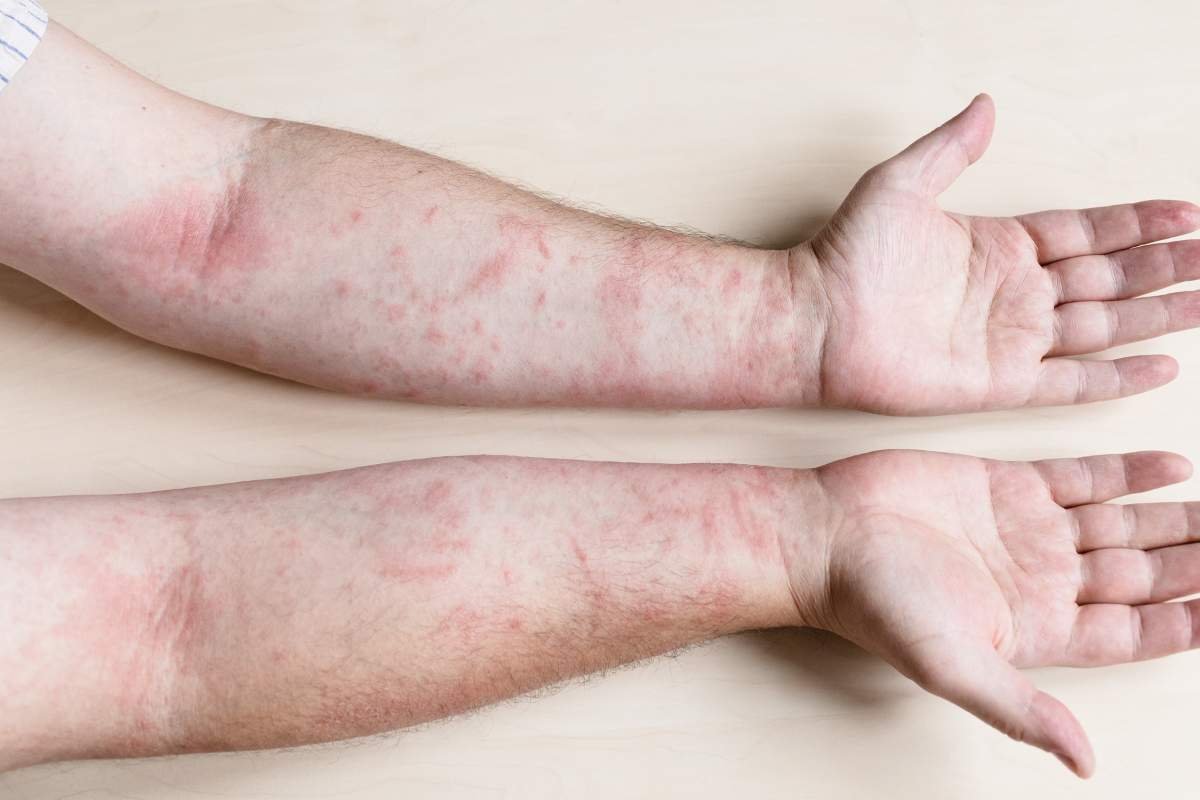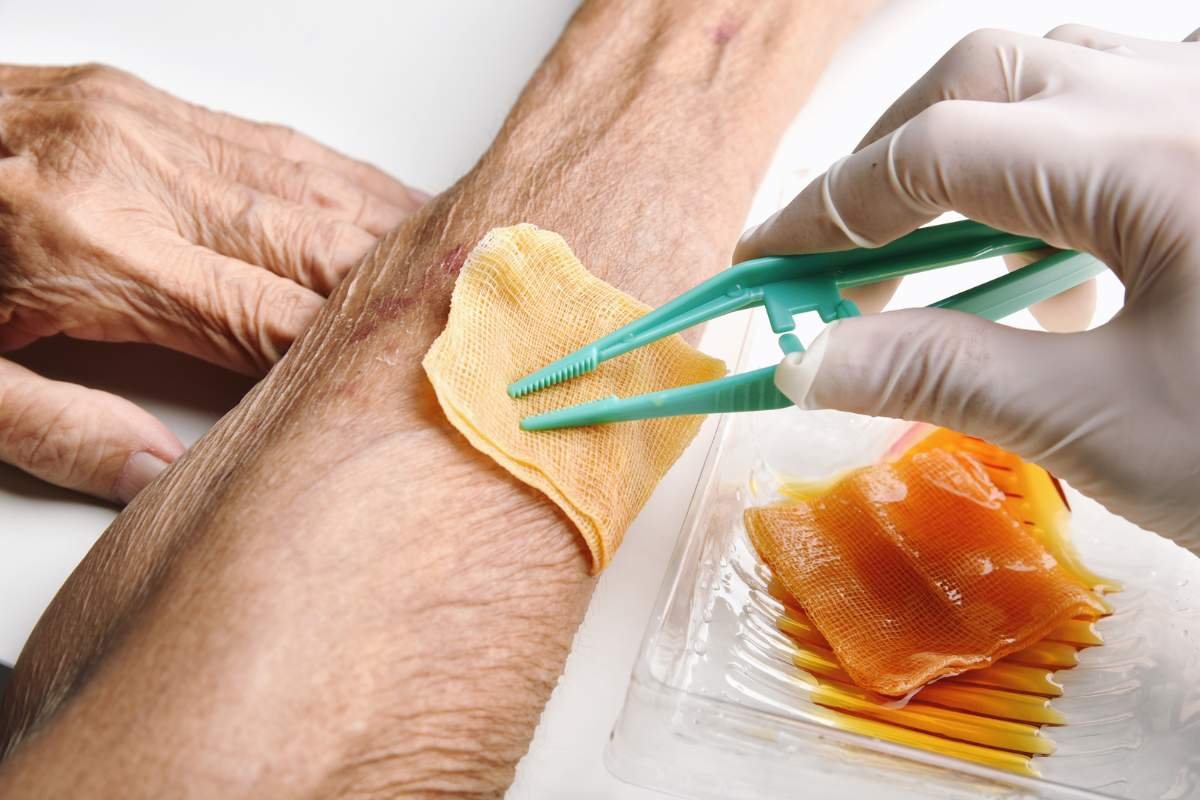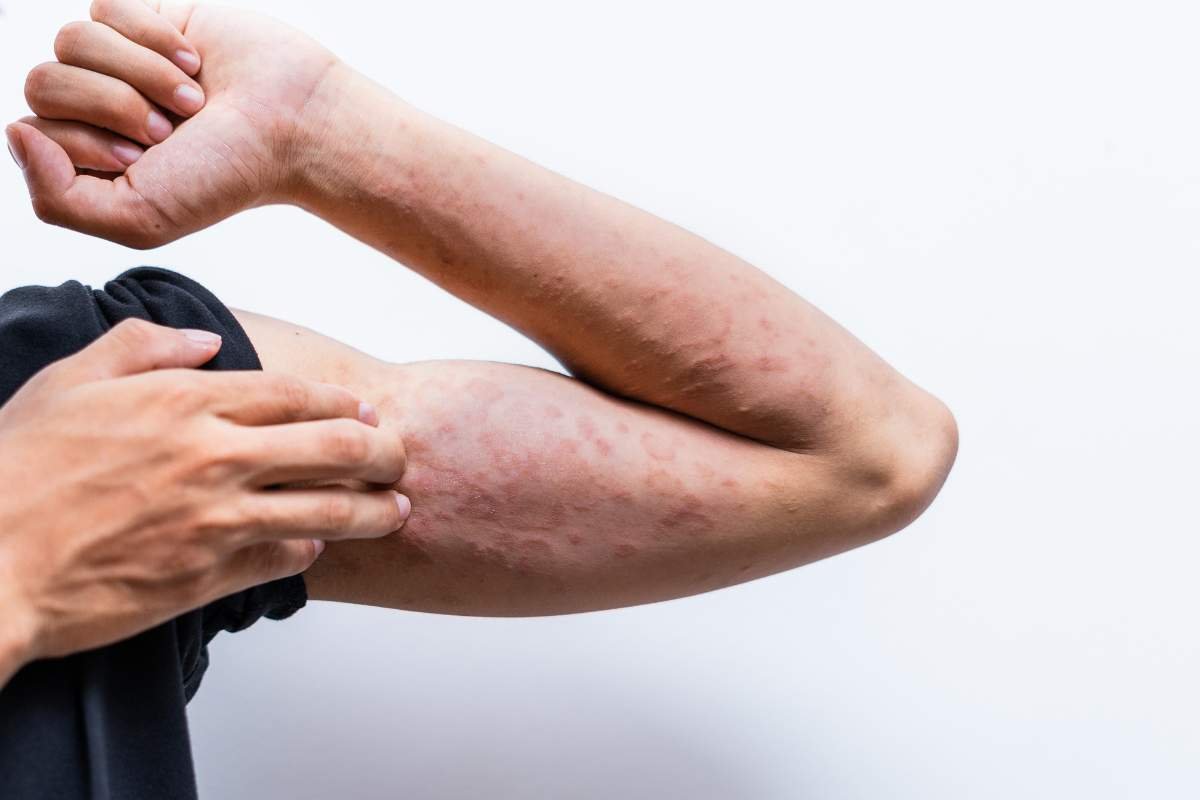Several microbes can cause skin infections, such as bacteria, viruses, fungi, and parasites. Skin infections usually affect people who have a weak immune system, HIV, diabetes, and malnutrition, and can be a side effect of medication or chemotherapy. It is good to consult a doctor if you are suffering from it, or else it might become serious. Children between 0 to 5 years of age and adults above 65 years are prone to bacterial skin infections.
Get to know more about Bacterial Skin Infections:
What are Bacterial Skin Infections?

Bacterial Skin Infections are caused when the bacteria enter the skin from the outside source or because they are present on the skin. These bacteria enter our body through cuts, wounds, or through hair follicles. If not treated within time, they spread to other parts of our body, which can lead to adverse effects. Bacterial skin infections are most commonly caused by Staphylococcus aureus and Streptococcus.
This blog will provide you with information about the causes of bacterial skin infection, its symptoms, and treatment.
Bacterial Skin Infection Causes
The bacteria that are commonly responsible for bacterial skin infections are Staphylococcus aureus, Streptococcus pyogenes, and Pseudomonas aeruginosa. The other causes of bacterial skin infections are :
1. Bacterial Entry Through Skin Breaks
If you are wounded or have a cut on your body, the bacteria will enter your body. Insect Bites or animal scratches, blisters, or burns are also some bacterial skin infections.
2. Poor Hygiene and Weakened Immune System
If you do not maintain proper hygiene, it can build up bacteria on your skin which can increase the risk of infections. People with a weakened immune system usually suffer from this infection.
3. Moist Environment and Exposure to Contaminated Water
Bacteria usually live in moist environments, and wearing poorly ventilated clothes can make you prone to this infection. Swimming in contaminated water or hot tubs can introduce you to bacteria such as Pseudomonas aeruginosa, that can lead to skin infections.
4. Follicle Irritation and Contagion
Infections such as folliculitis occur when hair follicles become irritated or blocked. Staphylococcus aureus enters the host’s body by shaving or wearing tight clothes. By understanding these bacterial skin infection causes, you can manage this infection effectively.
Bacterial Skin Infection Symptoms

Here are some symptoms of this infection that will help you recognize if you are suffering from a bacterial skin infection.
1. General Symptoms
Fever, chills, fatigue, and muscle aches are some of the first signs you will encounter if you suffer from this infection.
2. Local Symptoms
If not treated in the early stages, you will have other symptoms such as swelling, redness, pain, pus, or discharge in the infected area.
3. Respiratory Symptoms
Certain types of bacterial infection can provide you with symptoms such as a cough, shortness of breath, and sore throat.
4. Gastrointestinal Symptoms
Some bacterial infections cause gastrointestinal symptoms such as diarrhea and nausea or vomiting.
5. Severe Symptoms
Bacterial infections can lead to a life-threatening condition, such as sepsis, or make you disoriented. We hope you have understood the symptoms of bacterial skin infections. Now, let’s understand the treatments for them.
Bacterial Skin Infection Treatment

Here are some common bacterial skin infection treatments.
1. Antibiotics
Antibiotics are used for mild infections such as impetigo or cellulitis to avoid the severe widespread use of this topic.
2. Wound Care
Keep your infected areas clean and keep changing your dressings regularly. Avoid picking or stretching wherever you are hurt.
3. Pain Management
Certain medicines like ibuprofen or acetaminophen help to reduce the pain and fever associated with the pain.
4. Hydration and Nutrition
Keep yourself hydrated all the time and eat a healthy diet to build a good immune system and aid early in recovery.
5. Follow Up Care
Complete the entire course of antibiotics prescribed even if you start preparing before the dose is over.
6. Preventive Measures
Regular handwashing and maintaining clean skin can help you to prevent bacterial infections. Once you are affected with this infection, taking proper antibiotics, and maintaining good hygiene can help you to protect yourself from bacterial skin infection.
Psoriasis: Symptoms and Treatment | Dr. Nitin S. Walia
Final Thoughts
As we discussed above, bacterial skin infections can go from mild to severe to prevent early issues. We hope you have understood the bacterial infection treatments and symptoms that will help you to prevent yourself from the infection or avoid the same. We recommend you always consult a doctor for diagnosis and proper treatment.







